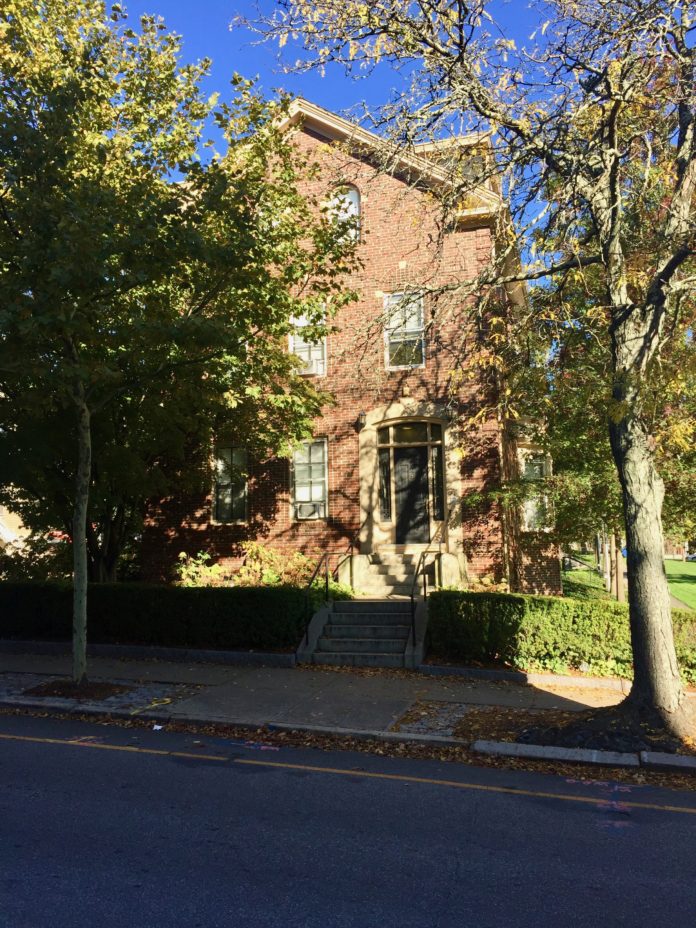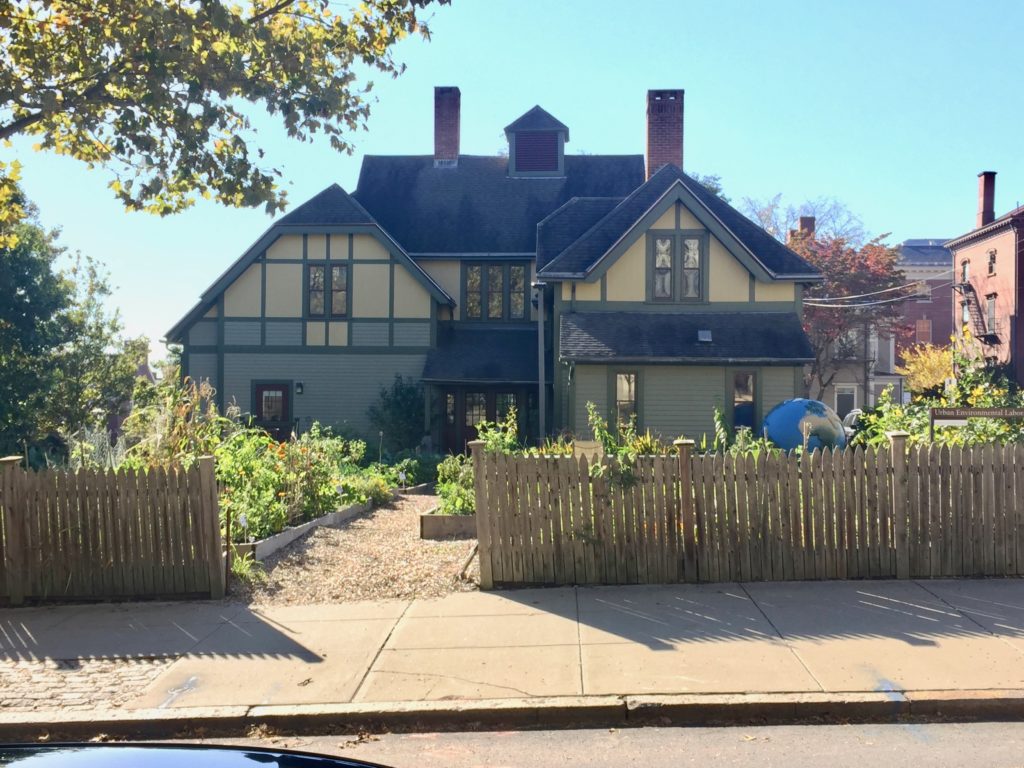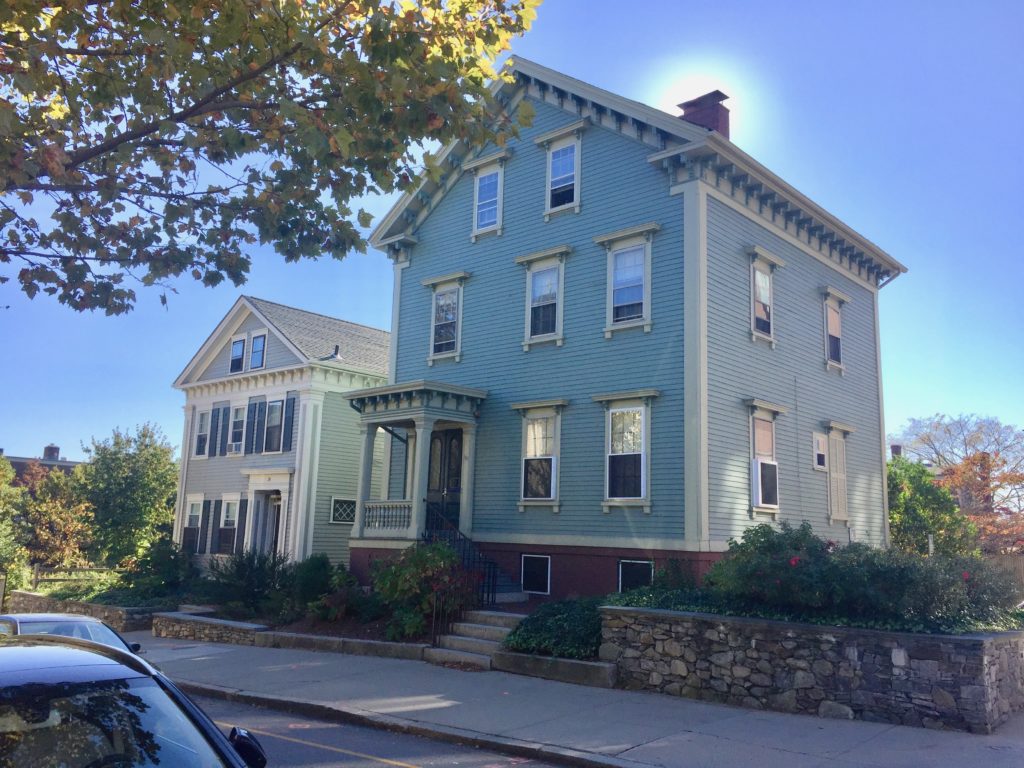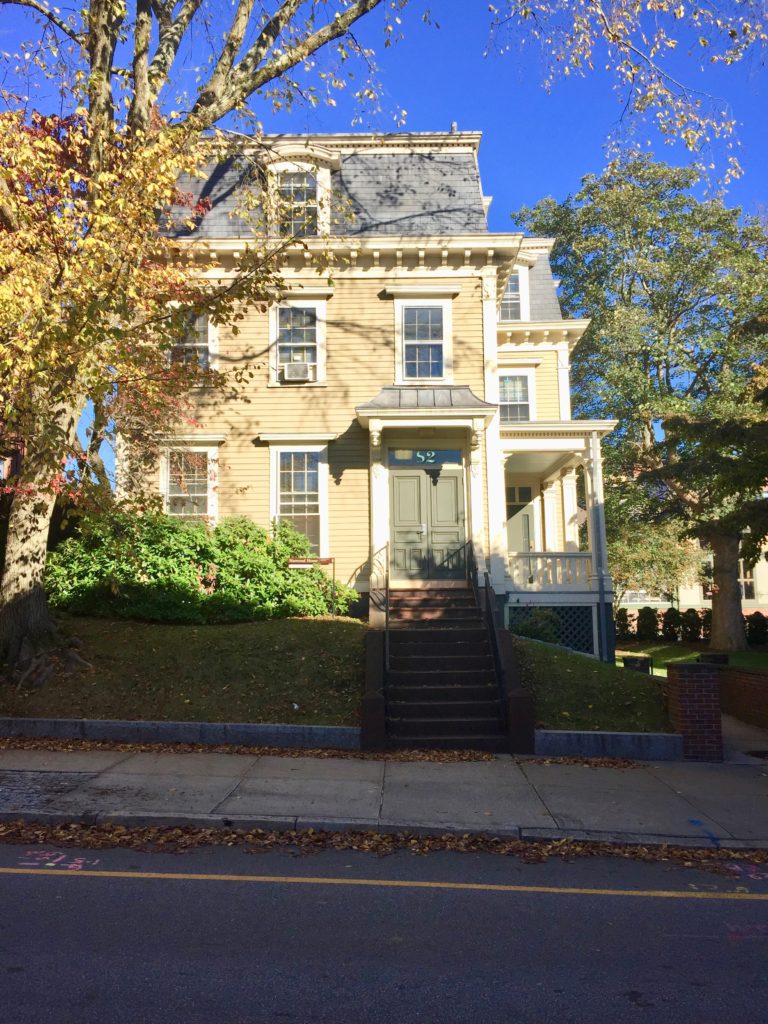
PROVIDENCE – Brown University plans to demolish or relocate five historic buildings to create a site for a new performing arts center, a move that preservation advocates say will undermine the character of the College Hill neighborhood.
The performing arts center is envisioned as a catalyst for creativity and the arts, according to previous statements by Brown officials. In announcing the plans for a new building in February, the university said the center would fulfill a need for a campus center accessible to all arts departments and groups.
The Ivy League university owns the five buildings that could be demolished to make room for the new structure, to be designed by the architecture firm REX of New York.
In an emailed message, a Brown spokesman said the plans for the five Brown-owned buildings would include both relocation and demolition options. The spokesman, Brian E. Clark, did not identify which buildings are proposed to be moved.
The site for the new performing arts center was identified more than 15 years ago, he said, as a potential site for Brown expansion.
“From the start of the [performing arts center] planning process, we anticipated it could be a good possibility given its proximity to other major arts facilities on campus,” Clark said. The location is near a cluster of arts facilities, including the Perry and Marty Granoff Center for the Creative Arts, the Department of Theatre and Performance Studies, the Rites and Reason Theatre and the Stephen Robert ’62 Campus Center.
The properties are:
Norwood/Benjamin Stevens House, 82 Waterman St., which houses the Department of American Studies.
86 Waterman St., used by university as graduate student apartments.
Leonard M. Blodgett House, 127 Angell St., built in 1853, used as student apartments.
Edward J. Cushing House, 129 Angell St., built in 1845, used as student apartments.
Lucien Sharpe Carriage House, 135 Angell St., built in 1884, it has housed the Urban Environmental Lab at Brown for 40 years, according to the Providence Preservation Society.

The properties are located in the College Hill National Register Historic District but that district status does not afford them protection from demolition, according to Brent Runyon, executive director of the Providence Preservation Society.
The university properties are in an institutional zoning district, not a local historic district, he said, which would trigger Historic District Commission review of the demolition plans.
The preservation society issued an “advocacy alert” Friday about the plans of the university to present its request for an amendment to its institutional master plan. The city’s City Plan Commission is expected to hold a hearing on the matter on Tuesday.
The preservation society had placed 127 Angell, 129 Angell and 135 Angell on its 2008 list of the Most Endangered Properties in Providence when Brown had then considered razing them for an academic building. The university changed its mind about that plan the following year.

Brown has real estate holdings in several areas of Providence, including by the river and other sites that could also support a defining performing arts building, Runyon said. More discussion with the neighboring community needs to take place, he said.
“There needs to be more of a community conversation ahead of the siting of a major new building on College Hill,” Runyon said Monday, in a brief interview.

According to the preservation society, the Sharp Carriage House has the greatest architectural significance. In its description in 2008, it said the following:
“The Sharpe Carriage House, now known as the Urban Environmental Laboratory, was built in 1884 for Lucien Sharpe of the Brown & Sharpe Manufacturing Company. Designed by Alpheus Morse, the building is a 2.5-storied barn with a mansard roof and paired entrances flanked by projecting end pavilions. The building mimics Swiss chalets in the modern gothic style.”
Previously, the university’s president, Christina H. Paxson, had said the center would afford Brown a state-of-the-art facility “to build on Brown’s rich arts heritage, serve as a venue for both traditional and groundbreaking new works and strengthen our connection to the greater community.”
Mary MacDonald is a staff writer for the PBN. Contact her at macdonald@pbn.com.
Correction: A previous version of this story mischaracterized how many buildings would potentially be demolished.












